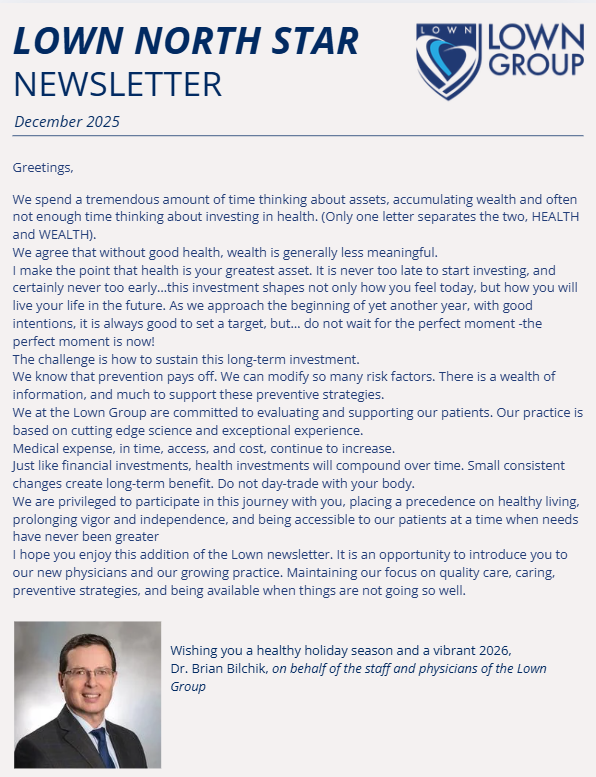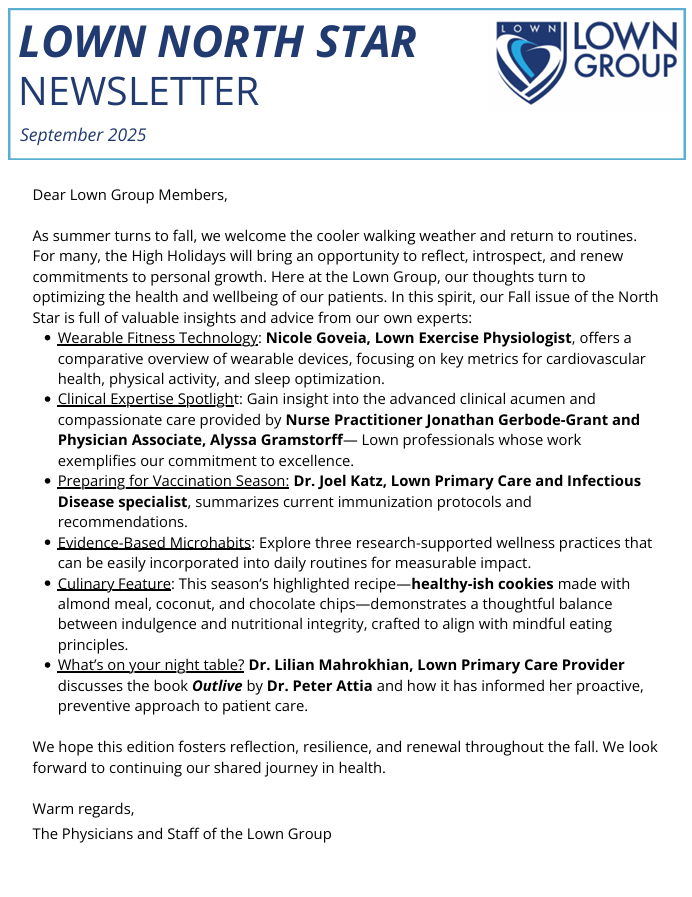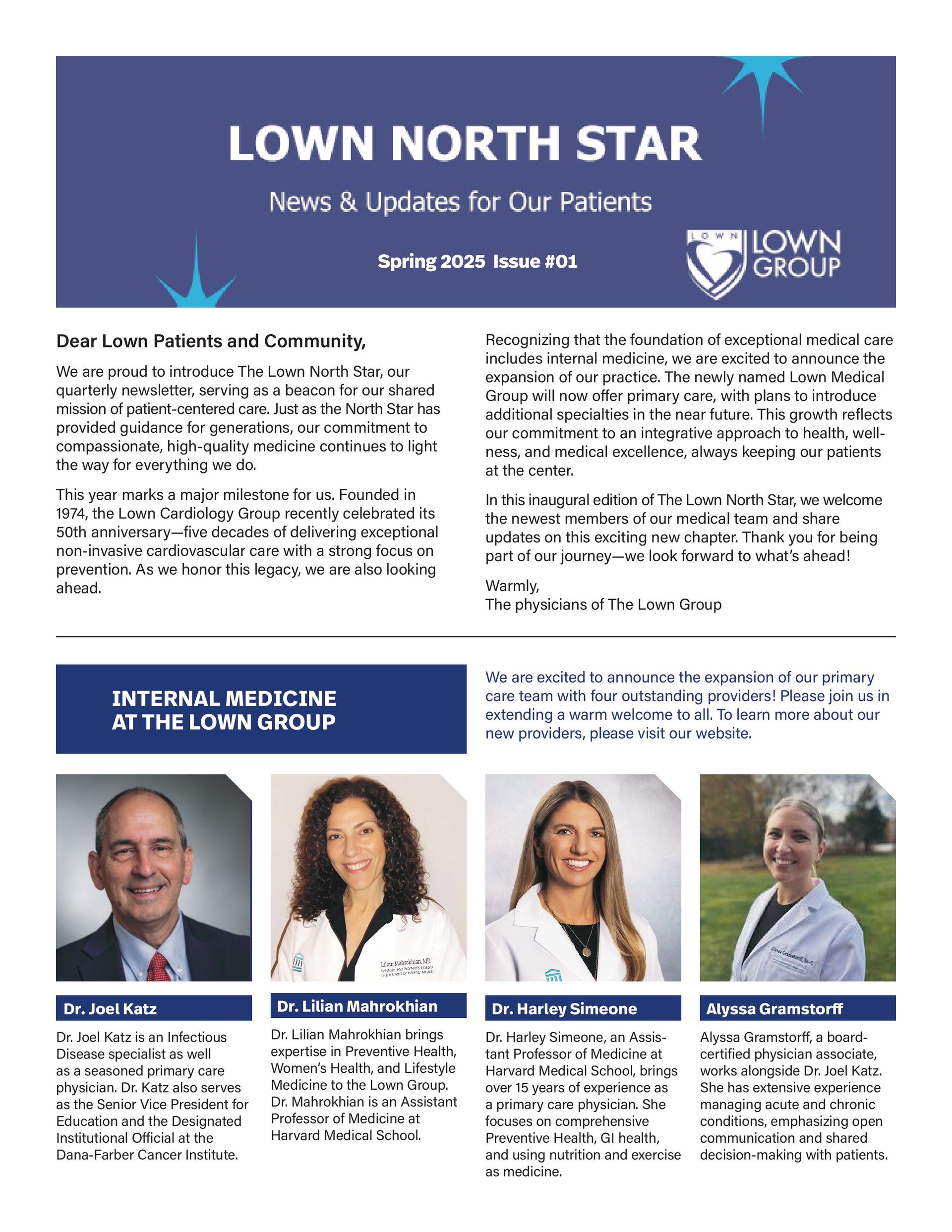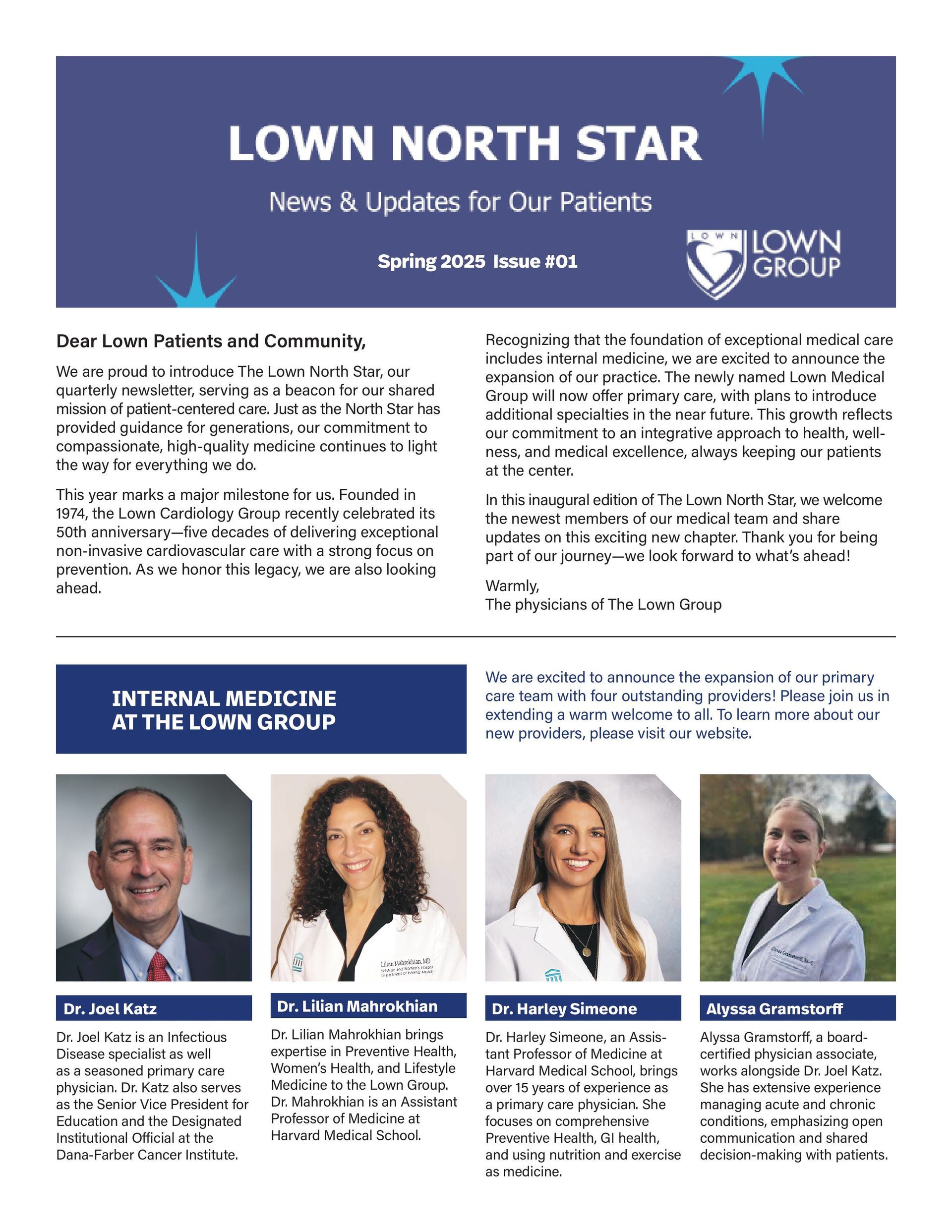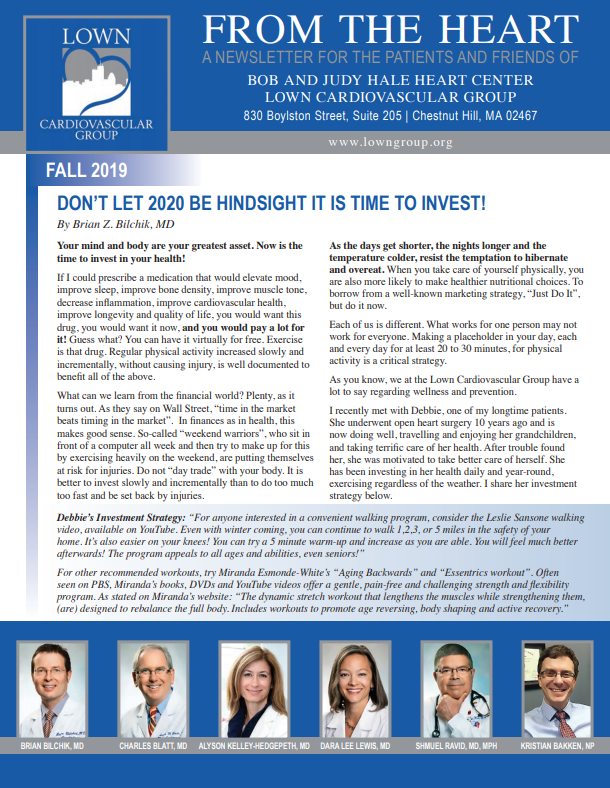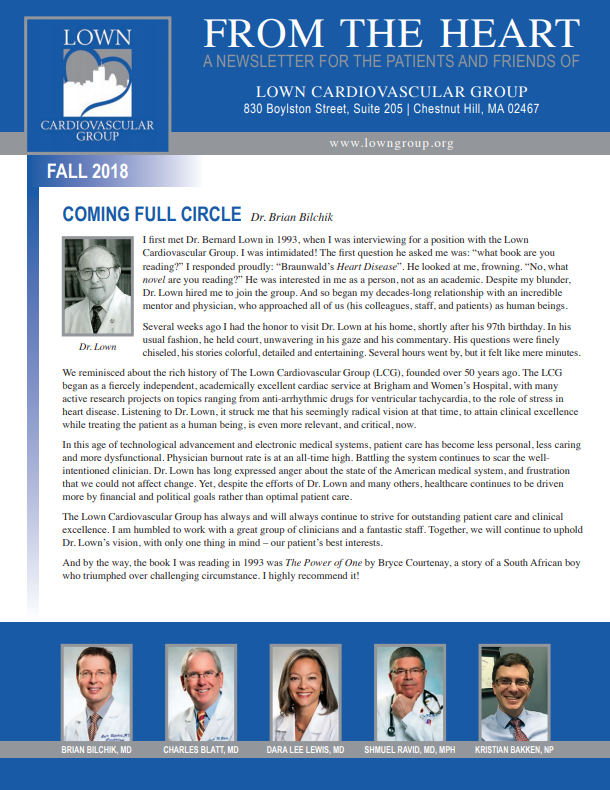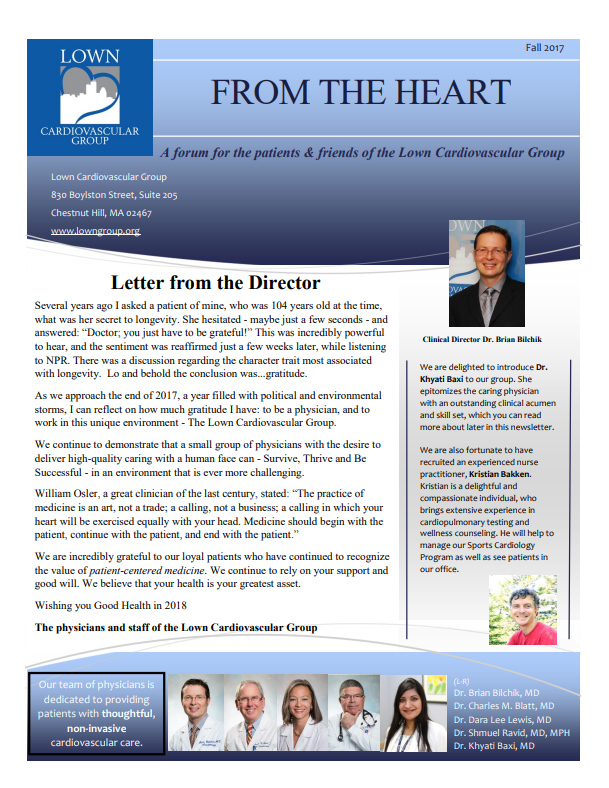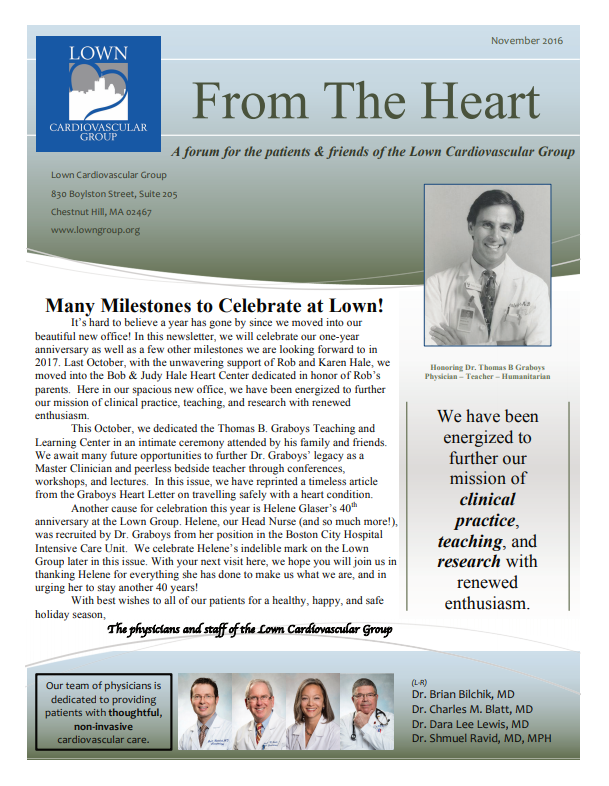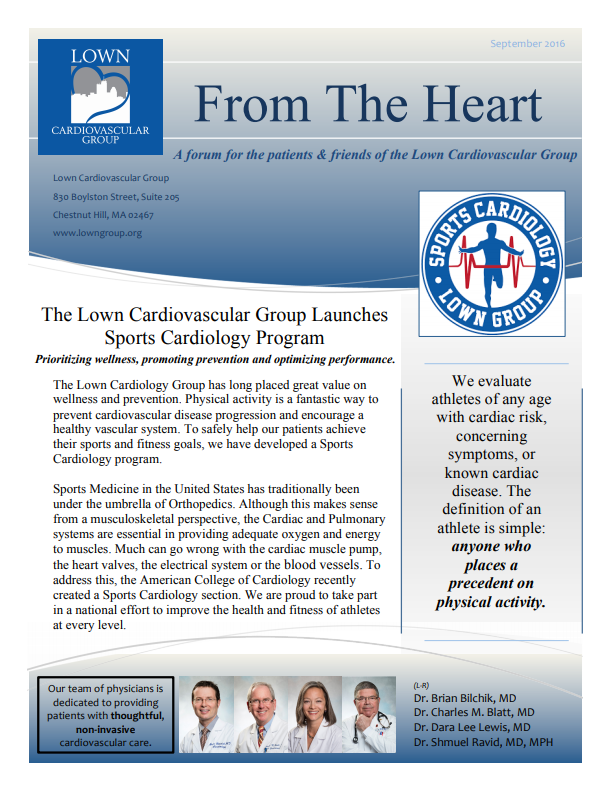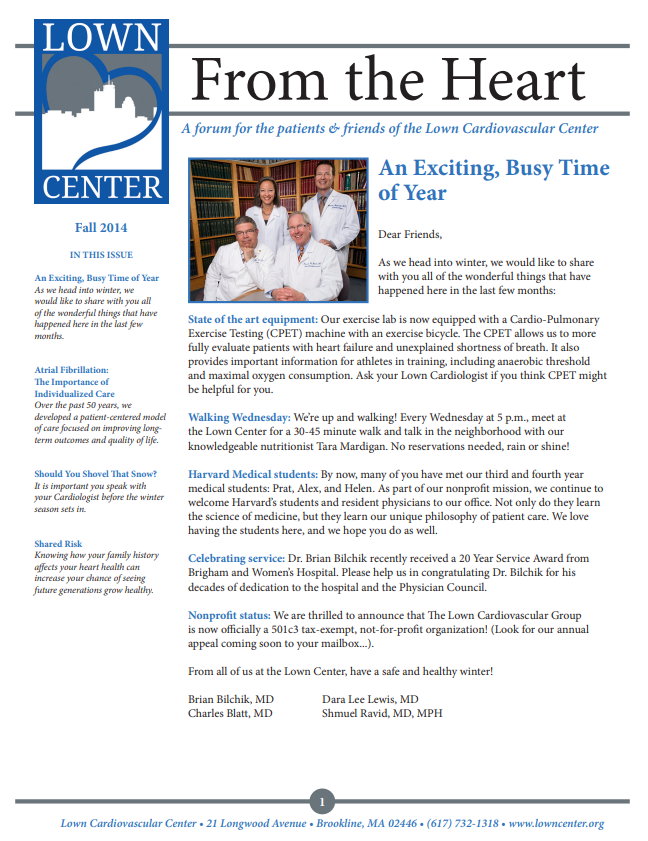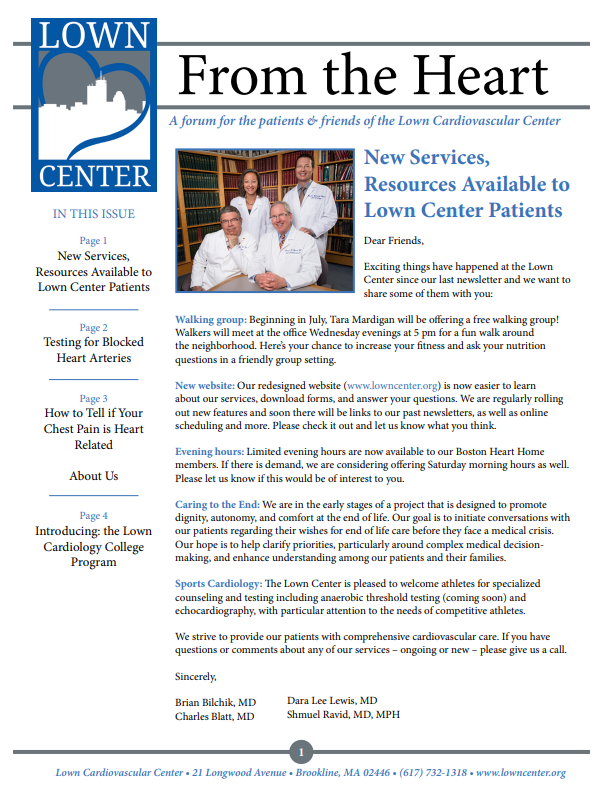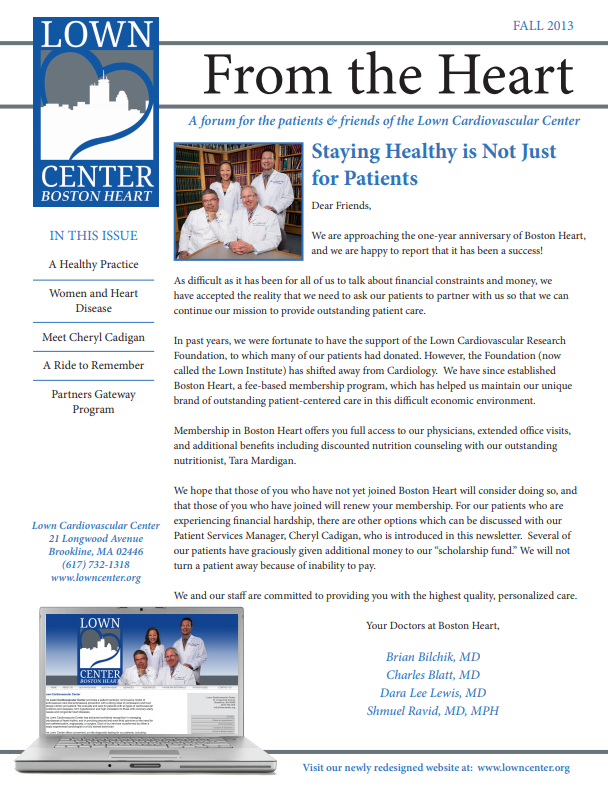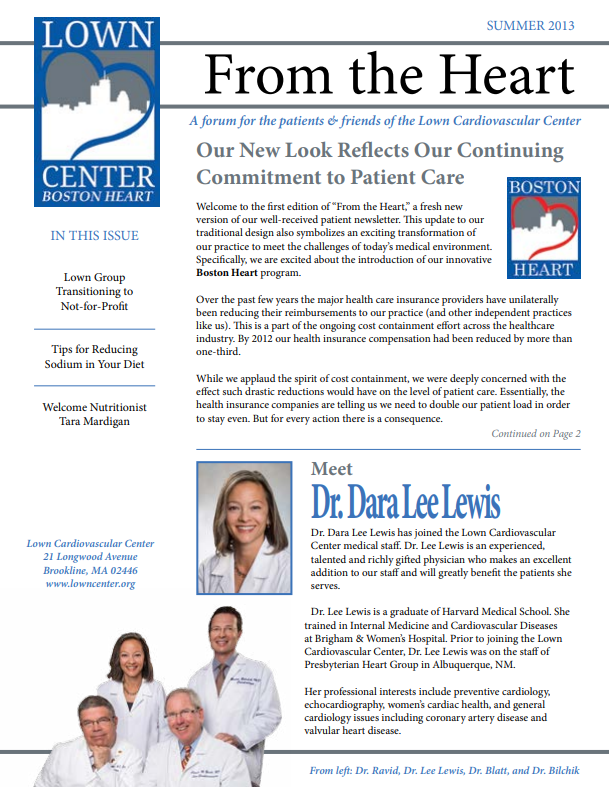News
Health News

Source: GoodRx, American Diabetes Association A New Era for Diabetes and Weight Loss Drugs For patients seeking new solutions to managing type 2 diabetes and obesity, the introduction of a class of drugs called GLP-1 receptor agonists (RA) has simultaneously inspired hope and excitement along with misuse and confusion. We developed the following Q&A to go beyond the headlines and explore how Ozempic and similar drugs work, who may benefit most from them, and why they may ultimately represent a true breakthrough in the way these chronic conditions are classified, considered and treated. What defines type 2 diabetes? More than 37 million Americans have type 2 diabetes, a chronic disease that affects the ability of the body to regulate glucose (blood sugar) levels. This leads to an increase of glucose over time which significantly increases the risk for complications to vital organs such as the heart, kidneys, eyes and nerves. Diagnosis is made when testing shows: fasting glucose of 126 mg/dl or higher; or non-fasting glucose of 200 mg/dl or higher; or A1C (average of glucose over the past 3 months) of 6.5% or higher. How was type 2 diabetes previously treated? Approved by the FDA in 1994, Metformin is well established as the first line therapy for management of type 2 diabetes if lifestyle changes (low-carbohydrate diet, weight loss and exercise activity) are not enough to bring blood sugar levels down near the normal range. Metformin works by decreasing the amount of blood sugar produced by the liver in a fasting state, decreasing the absorption of food through the intestines, and restoring the body’s response to insulin. What is different about the GLP-1 RA drugs? Among the major benefits this class of drugs brings to patients with type 2 diabetes is lowering their risk for heart disease and stroke, and providing a significant boost to weight loss, in addition to helping reduce glucose levels to a near-normal range. As a result of the positive outcome reported in trials, the American Diabetes Association changed its longstanding guidelines for first-line treatment of type 2 diabetes to include recommendations for GLP-1 RA drugs in patients at high risk for cardiovascular disease or with risk factors such as high blood pressure, high cholesterol, or chronic kidney disease. How do GLP-1 RA drugs work? Known as incretin mimetics, this class of drugs mimics the effect of a hormone, glucagon-like peptide-1, or GLP-1, which is normally produced naturally to stimulate the release of insulin secretion after eating a meal. Receptors to GLP-1 are found in the pancreas, the brain and elsewhere in the body. The drug enhances these receptors, which help the pancreas release more insulin and help reduce blood sugar levels without raising the risk for hypoglycemia (too- low blood sugar levels). By limiting the amount of sugar the liver releases into the bloodstream in a fasting state, and slowing down how long food stays in the stomach, the drug promotes a feeling of satiety, leading people to be satisfied with eating smaller portions. In addition, some patients have reported a marked decrease in cravings for carbohydrate-rich and fatty foods. What are GLP-1 RA drugs intended to treat – diabetes, obesity, or both? Under certain names, GLP-1 RA drugs are FDA-approved only for treatment of type 2 diabetes while offering added benefits of weight loss and cardiovascular protection; under other names, the drugs are indicated only for weight loss, but not for treatment of diabetes. While the ingredients can be identical, the difference is in dosage amounts and whether the trials focused on the drug’s impact on blood sugar or weight changes. For example, semaglutide, a GLP-1 drug, is approved to treat diabetes under the name Ozempic; a higher-dose version of semaglutide, Wegovy, is only FDA approved for weight loss. The same is true for liragutide, approved for type 2 diabetes as Victoza, and for weight loss as Saxenda. Are there side effects? Most side effects for these types on drugs are gastrointestinal, including nausea, diarrhea or constipation, abdominal pain. How effective are GLP-1 RA drugs like Saxenda and Wegovy for weight loss? Trials to date have shown excellent results, with patients able to lose between 5 to 20% of their total body weight. However, these drugs are not meant for people wanting to lose 10 or 15 pounds. They are indicated for those who are obese, as measured by a body mass index (BMI) of 30 or higher; or for people with a BMI of 27 or greater with at least one weight-related coexisting condition such as high blood pressure, elevated cholesterol levels. It’s important to note that obesity is a chronic disease, and these drugs may be needed as a long-term treatment to help lose pounds and maintain weight loss, along with lifestyle changes that include a healthy diet and 150 minutes a week of moderate-intensity aerobic and muscle-strengthening activities. How do SGLT2 inhibitors fit into the mix of drugs for diabetes? This is a newer class of drugs that lowers blood sugar levels by preventing the kidneys from reabsorbing glucose back into the bloodstream but instead releasing it through urine. Originally intended only for lowering blood sugar, later research data showed the drugs offered significant benefits for type 2 diabetes patients with coexisting conditions. Now some SGLT2 drugs- Invokana (canaglifozin), Farxiga (dapaglifozin), and Jardiance (empagliflozin) - have also been approved for use by non-diabetic patients with a history of chronic kidney disease or congestive heart failure. Are other drugs in the wings? Mounjaro, a GLP-1 RA drug that also promotes a second gut hormone (glucose-dependent insulinotropic polypeptide, or GIP) is currently approved for treatment of type 2 diabetes, and on a fast track approval by the FDA to be used as a weight loss medication. How will I know which drug is right for me? This is a decision best made on an individual basis with your physician, who will consider factors such as your overall health status, drug intolerances, risk factors for developing diabetes-related complications, benefits versus possible harm from side effects, and preferred formulation (oral or injection). Drugs with Benefits: A Guide to GLP-1 RA Therapies NOTE: Non-GLP-1 RA drugs used for weight loss are not listed here… Please consult with your healthcare provider regarding your best option.

Source: NIH, National Geographic Ticked Off: How to Recognize, Relieve and Resist Lyme Disease Summertime is prime time for ticks, which are becoming more prevalent each year. A combination of changing land use and warmer winters has greatly expanded the ticks’ habitat and they’re now found in more than half of U.S. counties. As a result, tick-borne Lyme disease has doubled over the last two decades to nearly 500,000 cases annually, earning it the unfortunate distinction of being the most common vector-borne illness in the Northern hemisphere. Read on for details on how to protect yourself this season, and in the summers to come. Identifying Lyme In its acute phase (one to two weeks after the bite), Lyme can cause fevers and chills, joint pain, headache, muscle aches and is frequently accompanied by a salmon-colored rash at the site of the tick bite. It may have a “bulls-eye” appearance, often considered a sign of infection, but the rash can manifest differently, or not at all. Diagnosis is based on symptoms, physical findings (e.g., rash), the possibility of exposure to infected ticks, and antibody tests. A high number of false negative tests occur in the early phase, however, because it takes time for the immune system to respond to the infection and create antibodies. As the infection progresses, virtually everyone with Lyme disease has a positive test result. Treating early, late and long Lyme Most people recover from Lyme disease rapidly and completely if diagnosed early and treated with a short course of oral antibiotics. More serious symptoms, including joint pain and swelling, nerve problems and neurological issues, may develop if Lyme disease is left untreated. Known as late Lyme disease, it can occur months to years after a tick bite, and requires a longer course of antibiotics, administered intravenously. Post-Treatment Lyme disease, sometimes called chronic or long Lyme disease, is experienced by 5% to 15% of patients who have lingering symptoms such as headache, fatigue, joint pain and “brain fog.” While the condition is not yet well understood, experts have found additional antibiotic treatments are not usually helpful, and the symptoms gradually resolve over time. Preventing Lyme The best way to avert the complications of Lyme disease is to vigilantly avoid ticks. These tips can help you prevent Lyme disease: Wear shoes, long pants tucked into socks, a long-sleeved shirt, hat and gloves in wooded or grassy areas. Stick to trails, stay clear of low bushes and long grass. Use insect repellants such as DEET, picardin, permethrin (apply to clothing). Do tick checks on your body after outside activities. Be sure to check your dogs for ticks too! Remove any ticks promptly with clean, fine-tipped tweezers. Be reassured that just finding a tick on your skin doesn’t mean you’ll get Lyme disease; a tick needs to be attached for at least 48 hours before it can transmit the bacteria. Look for advanced protection in the next few years from two well-known names in vaccines – Pfizer and Moderna. An earlier vaccine, LYMERix, was discontinued in 2002 due to lack of interest at a time of lower Lyme disease cases, as well as concerns over side effects. Pfizer’s VLA15 is intended to block the bacteria from leaving the tick. Moderna is applying mRNA technology used in its COVID vaccine to target the Borrelia bacteria species at the root of most U.S. Lyme disease cases. Also of note is MassBiologics’ shot that delivers a single, human anti-Lyme antibody directly to a person to provide immediate immunity…now in trials. QUICK BITES: Fast Facts About Lyme Disease Most Lyme disease infections in the U.S. occur May through September. Cases of Lyme disease are most commonly seen in the northeast and mid-Atlantic states (from Maine to Virginia), the Midwest (Minnesota, Wisconsin, and Michigan), and the West Coast (California). The disease was first recognized in Old Lyme, Connecticut in 1975 when a cluster of children developed unexplained, rheumatoid arthritis-like symptoms. Not until the next decade was the cause discovered: the spiral bacteria Borrelia burdorferi in deer ticks prevalent in the forests near where the infections occurred. Testing confirmed the Lyme disease bacterium was passed to humans via the bite of a deer tick.

Source: Have a Plant, Kathryn Long, RDN, LDN Author: Kathryn Long Staying Hydrated This Summer: Water Infused with Fruits, Vegetables, and Herbs Stay hydrated and energized this summer by refreshing yourself with generous amounts of water, nature’s best elixir. Inspire yourself to keep reaching for another sip by infusing water with fresh fruits, vegetables and herbs…no sugar or artificial flavoring needed. Have a Plant shares how: Wash all produce and herbs before slicing and dicing. Start with a large glass bottle or jar with a lid, add your desired ingredients and fill with cold or room temperature water. Refrigerate for at least one hour. For a more intense flavor, refrigerate overnight. Some fruits and herbs will infuse more quickly than others. The longer it soaks, the more the flavors are released into the water. Foster even more concentrated flavor by muddling – the process of mashing ingredients to draw out essential oils in herbs, rinds and fruits. Extract multiple uses from the ingredients by adding more water and letting it infuse again. Make sure to drink within one day. Experiment with sparkling, seltzer or unsweetened coconut water as the base. Try making infused water ice cubes for your beverages with this simple technique: Half fill each section of an ice cube tray with water; add small pieces or slices of desired fruits, vegetables to each section; fill remaining space with water and freeze.

With an emphasis on metabolic health and lowering inflammation and insulin levels, the Always Hungry Solution Plan may be a good fit for those looking to improve their health without the need to count calories or restrict their eating. As always, ask your Lown doctor if this or other healthy approaches to eating might be right for you. Uncover the details of the Always Hungry Solution plan and its approach to sustainable weight loss and improved health. Discover the principles, benefits and potential challenges of this unique eating strategy.

The relationship between heart health and emotions has been described since ancient times. More recently, scientific research has shed light on the fascinating ways in which our feelings and behavior can affect our heart health. Science has discovered that the heart is so much more than a mechanical pump. It has its own brain and a nervous system, and constantly changes what it’s doing based on its perception of your internal state. It turns out that love doesn’t just feel good — it can actually protect your heart from damage and disease, too.

Busy days make it hard to put heart health on the front burner. It just feels like you don't have time for habits that keep the ticker in top shape — like exercising regularly, getting enough sleep, and eating a healthy diet. So maybe you take the stairs when you can, or you park farther away from a store to rack up a few extra steps each day. But what else can you do? Here are three things that might fit in your schedule.

Source: Vision meets reality: Why concierge medicine offers an optimal environment for treating chronic disease (medicaleconomics.com) As most physicians will attest, treating patients with chronic disease in a traditional fee-for-service practice model can be a challenging experience, leaving all involved frustrated and unsatisfied. The culprit as always is lack of time - unsurprising in an environment where providing patients with even a bare minimum of preventive, chronic disease and acute care would require an impossible 26.7 hour workday for primary care physicians.1 For concierge doctors, practicing in a model that completely reverses the traditional paradigm, the difference in care can be profound. From initial diagnosis, a concierge physician has time to listen, advise and shepherd patients through years of highly variable individual trajectories of disease flare-up and progression. We share some notable success stories from Specialdocs-affiliated concierge physicians below. At Lown Cardiology Group , a Boston-based concierge medicine practice, Alyson Kelley-Hedegepeth, MD treats patients with afib, ischemic heart disease and congestive heart failure. As with many chronic conditions, ideal care begins with an in-depth evaluation to understand risk factors and root causes, and continues with frequent check-ins, direct contact between visits, and ongoing treatment and support. “Once the diagnosis is made, patients need to recognize the condition is permanent and will never be resolved or go away,” she says. “However, the more we understand both the driving factors and address triggers for recurrence, the better opportunity we have to reverse symptoms and stabilize disease so that patients experience long periods of feeling great.” Educating her patients on lifestyle changes that can greatly impact their disease course requires time and dedicated attention, according to Kelley-Hedgepeth. “Obesity, inactivity, sleep disorders, diabetes, alcohol consumption and unhealthy eating patterns are all modifiable factors that are key to managing conditions like afib,” she says, “but can’t even begin to be thoroughly discussed in a standard 15-minute visit. We can spend an hour or more – whatever is necessary to explore and effect real change.” For example, a plan of lifestyle changes for a 77-year-old obese man who experienced afib symptoms daily proved highly effective. He lost weight by following a healthy diet, took short walks every day, started CPAP treatment for obstructive sleep apnea and eliminated regular alcohol consumption. “He is now feeling great and has not experienced any afib symptoms in months,” reports Kelley-Hedgepeth. Preventive testing for patients at high risk of heart failure due to family history, hypertension, diabetes or coronary artery disease is another best practice at Lown Group. “Early intervention can have a significant impact on symptoms and progression,” she says. For example, when a 52-year-old patient with mild heart dysfunction who had previously experienced a heart attack was treated with blood pressure and cholesterol medications and followed a tailored exercise routine that included daily walks, the results were outstanding. “He lost 20 pounds, considerably increased his exercise tolerance, and says he feels younger than he did 10 years ago!” exults Kelley-Hedgepeth. Arguably the most compelling case for taking time to focus on preventive screening can be made for managing coronary artery disease, the number one cause of death worldwide. “We look for subclinical disease in asymptomatic patients to find this chronic condition before symptoms develop,” emphasizes Kelley-Hedgepeth. “When patients question why they need medication if they’re feeling fine, we explain that a combination of treating lifestyle factors and medications can significantly minimize their risk and enable them to live for years without a cardiac event.” She describes a 74-year-old patient referred to Lown with an abnormal calcium score who benefited greatly from a candid discussion and personalized plan. “She was pre-diabetic and needed cholesterol-lowering treatment, but because she was an avid exerciser who eschewed medication, no one encouraged her to take it. By working with me and a nutritionist she has reversed her pre-diabetes, agreed to take cholesterol medication, and added muscle mass with an enhanced workout routine,” says Kelley-Hedgepeth. “Our goal is for her to pass away at an old age - with coronary disease - and not from it.” Mayes DuBose, MD, a geriatric specialist who founded Carolina Concierge Care in 2019, routinely helps his elderly patients manage multiple chronic conditions, but there’s nothing routine about his approach. The care he provides is deeply empathetic and personal, built on rock-solid relationships with patients and families nurtured assiduously over years. For example, the recent referral of a patient with lymphoma to an oncologist for a biopsy was just the beginning of a complex, time-intensive journey compassionately navigated by Dr. DuBose. Speed bumps were smoothed and detours avoided with lengthy phone calls and visits to help manage everything from alternate transportation arrangements to and from the procedure, evaluation of how the patient’s other chronic conditions including diabetes and hypotension would impact outcomes, and extensive discussion to overcome the patient’s reluctance to receive needed radiation treatment. “If you deal with this kind of situation in a traditional practice, you either gloss over some essential parts or realize you’ll be hours behind,” says DuBose. “With concierge medicine, you don’t have to make that choice.” He’s also thankful for the time to evaluate and counsel patients for mental health issues like depression, a condition that has become far more prevalent since the pandemic. “Most primary care physicians have at least some training in this, and the ability to counsel patients you know so intimately is invaluable,” he explains. “However, consultative counseling is poorly reimbursed, so a referral is often made to a psychologist or therapist as a way to better manage time, which is always in short supply with a traditionally-sized patient panel (1500 or more). Now I only make a mental health referral when it’s really needed, not because I didn’t have the time to handle it well.” Advance care planning is another area where Dr. DuBose’s guidance is frequently sought, especially by patients in early stages of dementia or other illness that places them at higher risk of losing their decision-making ability. “These are conversations best had with both the patient and a close family member, and they shouldn’t be rushed to conform to a pre-determined time allotment,” he says. A recent encounter provided fresh evidence of the genuine value of the smaller, more personalized practice model fundamental to concierge medicine. “My patient was exhibiting signs of dementia and wanted to make his family aware of his ultimate desire for a natural death,” relates DuBose. “Together we reviewed his dementia evaluations, MRIs, and current memory issues, and with his daughter present, discussed in detail an advance care plan that would ensure his wishes would be accommodated. His daughter was exceedingly grateful for the guidance, and my patient was so appreciative that he was able to advocate for himself. I can’t imagine a better or more rewarding way to practice medicine.” REGISTER HERE to learn more about treating chronic conditions in concierge medicine from Dr. Alyson Kelley-Hedgepeth and Dr. Mayes DuBose at the Medical Economics/Specialdocs webinar on April 20th at 8 pm ET. Terry Bauer is the CEO of Specialdocs , and Mindy Kolof is the public relations specialist for Specialdocs . Since 2002 Specialdocs has worked to transform physicians’ professional lives with a change to its industry-leading, sustainable concierge medicine model. The company provides all the essentials and support for a successful concierge medicine practice throughout the transition process and well beyond






